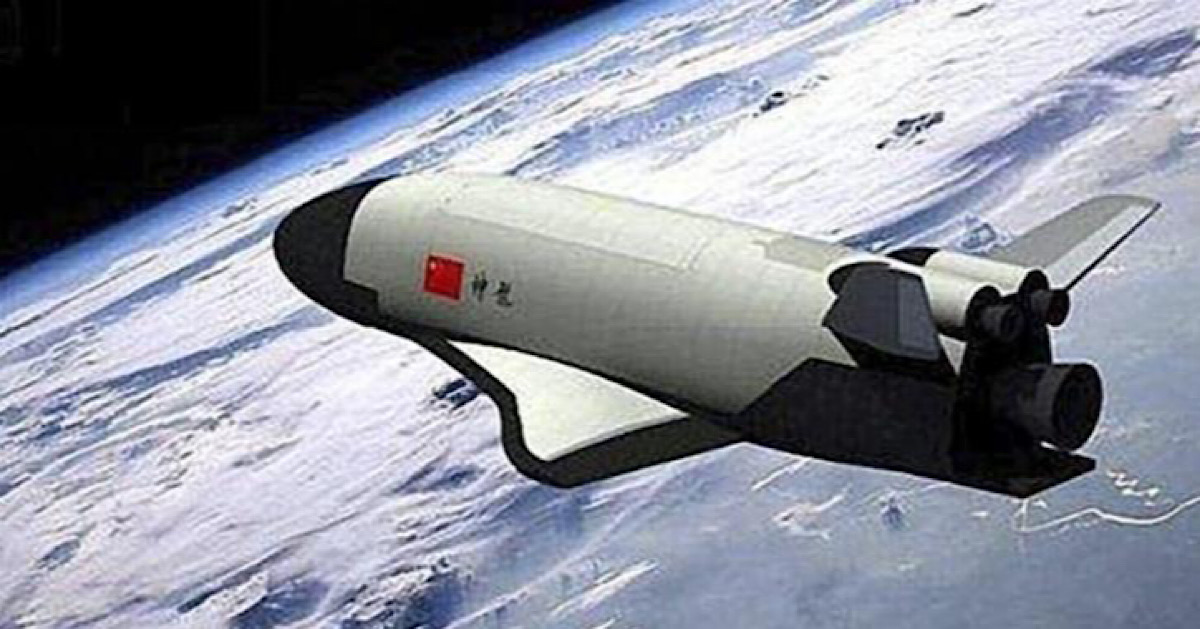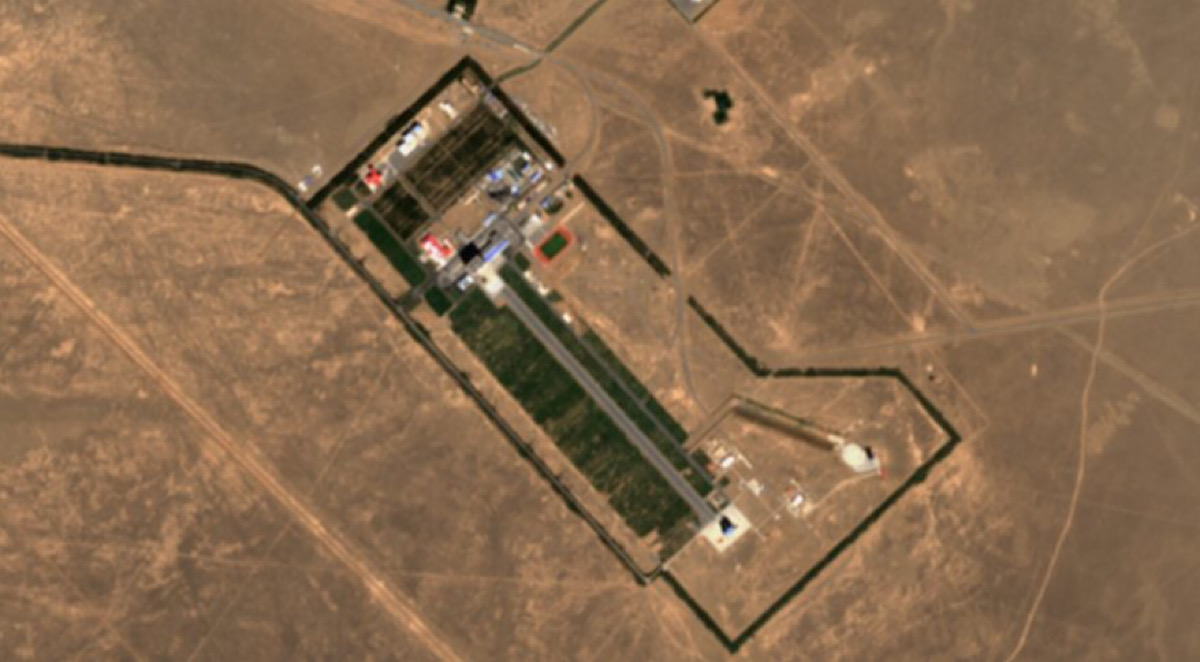Artificial intelligence (AI) is proving very adept at certain tasks – like inventing human faces that don’t actually exist, or winning games of poker – but these networks still struggle when it comes to something humans do naturally: imagine.-
Once human beings know what a cat is, we can easily imagine a cat of a different color, or a cat in a different pose, or a cat in different surroundings. For AI networks, that’s much harder, even though they can recognize a cat when they see it (with enough training).
To try and unlock AI’s capacity for imagination, researchers have come up with a new method for enabling artificial intelligence systems to work out what an object should look like, even if they’ve never actually seen one exactly like it before.
“We were inspired by human visual generalization capabilities to try to simulate human imagination in machines,” says computer scientist Yunhao Ge from the University of Southern California (USC).-
“Humans can separate their learned knowledge by attributes – for instance, shape, pose, position, color – and then recombine them to imagine a new object. Our paper attempts to simulate this process using neural networks.”
Continue reading… “Scientists Are Giving AI The Ability to Imagine Things It’s Never Seen Before”












